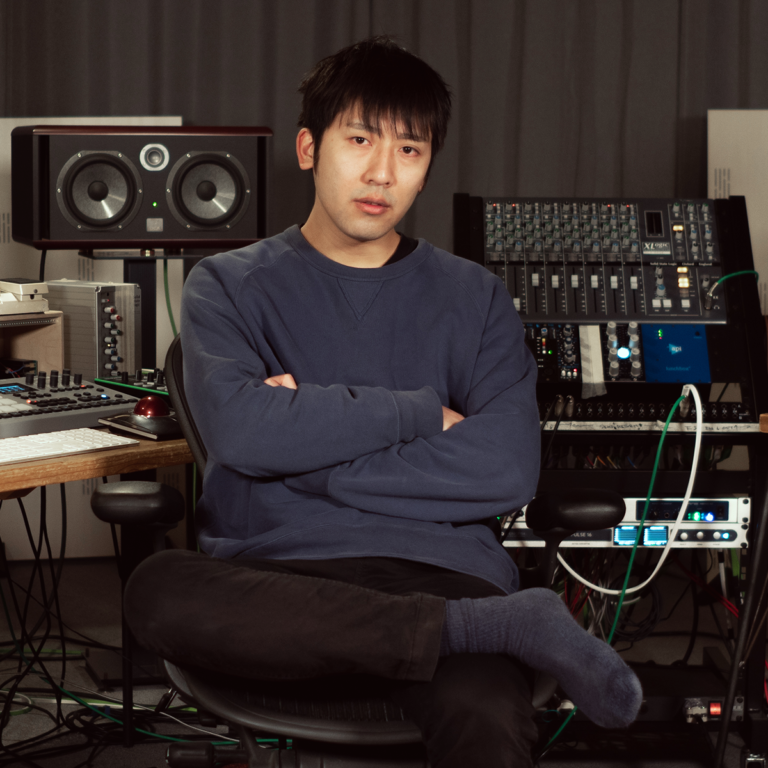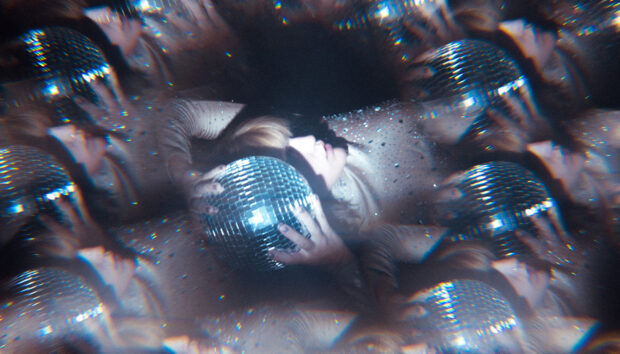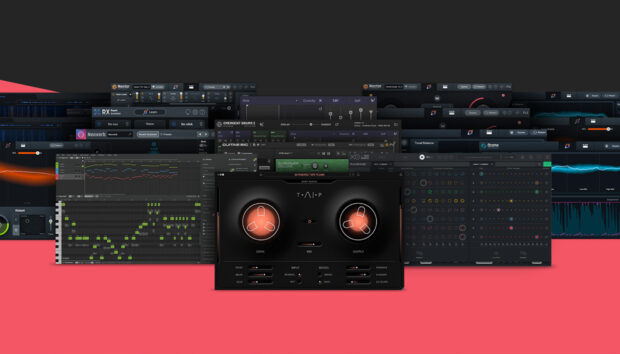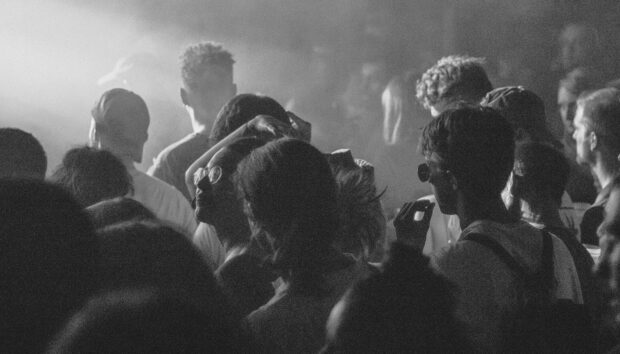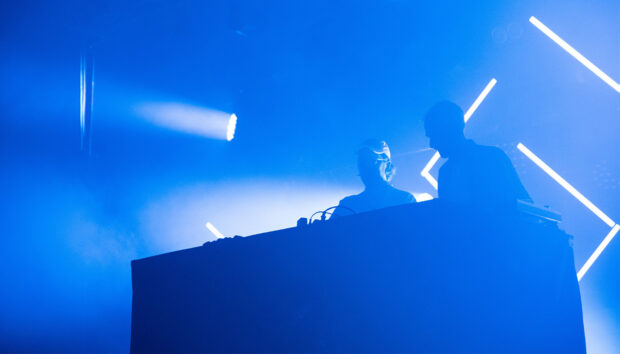Lycoriscoris’s latest album Chiyu is out now. To mark the release, we’ve teamed up with Anjunadeep and metapop to offer you the chance to win a copy along wih some top NI prizes. Download a free set of sounds (including an exclusive Battery kit), show us what you can do, and Lycoriscoris will select a winner. Hurry though – the competition ends September 12, 2021.
Multi-instrumentalist Yunosuke Senoo creates ambitious, heartfelt electronic music as Lycoriscoris. He spent most of the past decade embedded within Tokyo’s music scene before returning to Okayama – the city he’d grown up in – at the start of 2020. Over the following weeks, COVID-19 swept across Japan confining Senoo to his new house. As restrictions eased he spent the time walking, photographing nature and returning home to develop on the tracks which together form Chiyu – the fourth Lycoriscoris LP, released by Ajunadeep in March 2021.
He takes his name from the lycoris, an ornamental, flowering plant native to southeast Asian. In Japan, lycorises often provide a colourful border to cemeteries, and Senoo is fixated by this relationship between light and dark. When researching floriography – he discovered that “lycoris” also means ‘I’m looking forward to seeing you again.’ Throughout 2020, he’d found himself searching for positivity in darker moments, and upon embarking on his latest body of work Senoo “wanted to put to rest some of the problems [he} had been thinking about.” The word ‘Chiyu’ loosely translates as ‘recovery’.
Over Chiyu’s fifty minutes, Lycoriscoris leads the listener’s on a tour across symphonic, electronic topography, as reverb-drenched arpeggios and piano phrases echo across valleys while mechanical percussion provides a darker dance-floor propulsion.
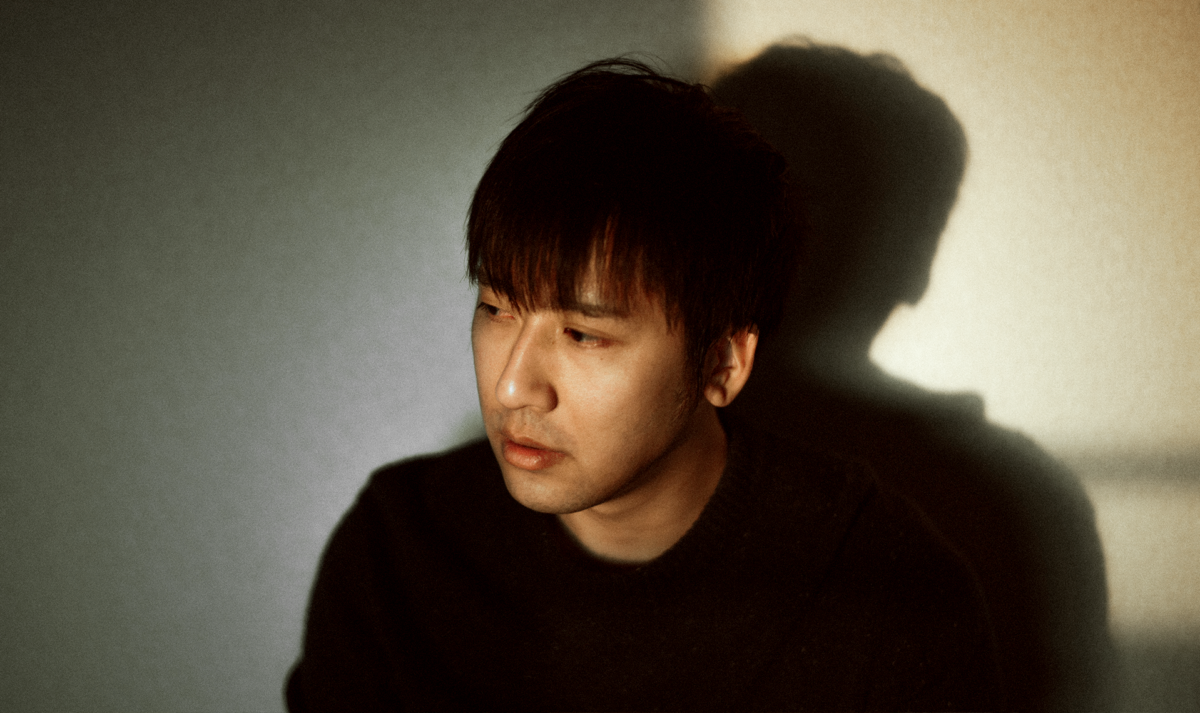
“It was influenced by the view around me,” begins Senoo. “I like to take pictures to capture it. If I save it, I can remember the atmosphere of the moment and it can help to make the music.”
Leaving Tokyo’s bustling energy for Okayama and its surrounding countryside meant reacquainting himself with nature. His Instagram filled with scanned analogue images of the sunrises, dramatic skies and the silhouetted horizons he’d witnessed on solitary winter walks.
“I think that I have an abstract relationship with nature. It’s very difficult to explain the role it plays. I think it’s like a silver grass swaying in the wind. I think that just as the awn sways when the wind blows, the music is created through my filter when the landscape is present.”

As Lycoriscoris, Senoo has taken his nature-inspired sound into the club and performed live alongside The Field and Moritz von Oswald. During the course of his music-making career, Senoo feels he’s gotten better at capturing and expressing this relationship to nature, becoming more confident presenting introspective ideas.
“When I started making music, I had no control over the sound.” He admits, recalling his earliest attempts at production. “I couldn’t imagine the sound that I wanted to make, so making music was always an experiment. I can imagine music better nowadays and I can definitely target the sound that I want to express, but this makes it a bit more difficult to create sounds that are beyond my imagination”
He began producing on Logic, using its virtual synths before making “very poor” sequencer sampler using MAX/MSP.
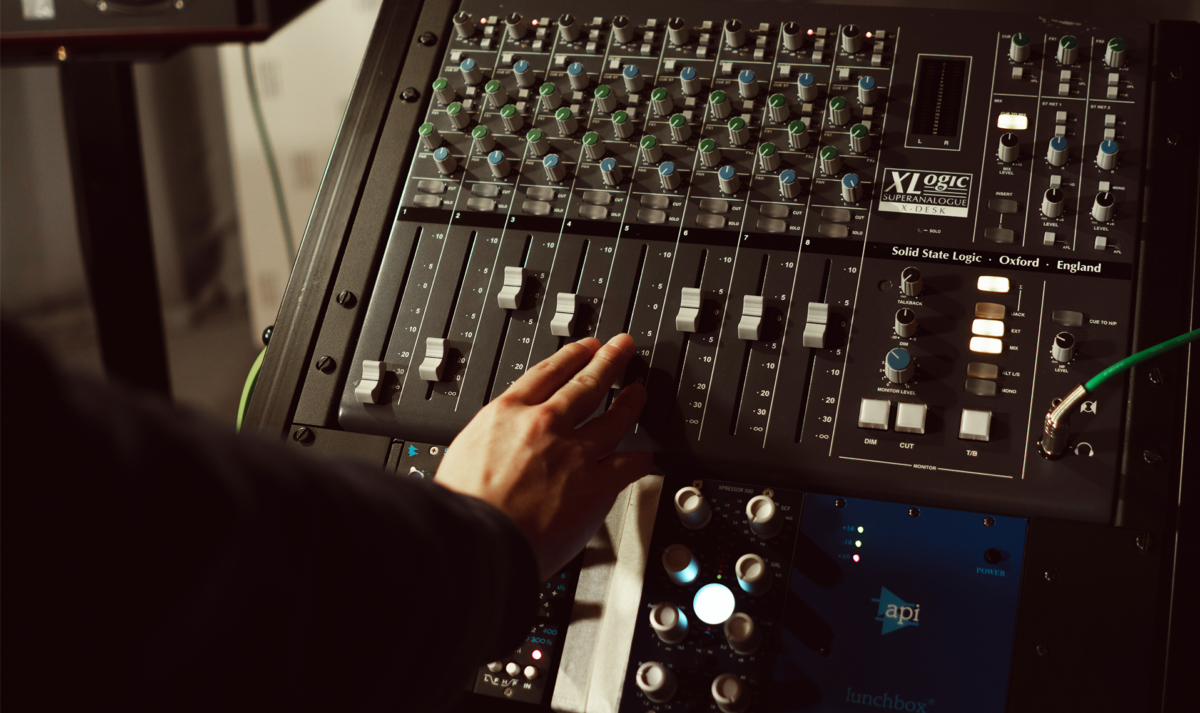
“I finally bought my first hard synth, a Moog Sub Phatty, and I started to get interested in hardware . After that I started to get the equipment I had always wanted. I’ve always liked bands. It was easy for me to start getting interested [in hardware].”
After long walks he’d return home to his studio, which today contains a Prophet 08, Vermona PERfourMER, E-mu xl- plus an Elektron AR and a Roland TR-8, and an array of traditional instrumentation including guitars, an upright piano, both wood and steel tongue drums, a glockenspiel and a violin, which all feature on Chiyu’s sweeping and swelling soundscapes.
“If I don’t put an idea into practice immediately, it will die out, software is overwhelmingly fast, it means that I can immediately give shape to the ideas that come to me.”

“For the first demos, I used software to create a rough image of the sound. I find MASSIVE to be the quickest way to get the sound I have in my head into shape. If I want the tone itself to be stronger and more convincing, or have a more unique feel, I replace it with hardware. However, if I don’t have any unique elements in mind, or if I have a clear image of the sound I want to create, I can continue using the soft synth, but I’ll edit it several times with several different EQs and filters to create a unique sound.”
“I love waving sounds, so I always use an LFO. The most useful feature in MASSIVE is the LFOs, which allow you to see at a glance which LFO is connected to where, and with the wide variety of waveforms available, you can create quite complex modulations with four LFOs. In this way I can create a sound like a distant memory. I also use several types of reverb. I use several different presets. This process is necessary for expressing the distance between the sound images.”
By heavily manipulating soft synths, Senoo finds that he can re-conjure the spirit of experimentation from earlier in his production career . “If a sound loses a lot of its persuasiveness by excessive editing, I will re-record it. However, sometimes the damaged sound can be unique, so it may not be re-recorded.”
As the months passed, winter turned to spring and Okayama entered bloom, bursts of colourful flora flooded Lycoriscoris’ Instagram. In the studio, warm pads swelled and Chiyu grew an optimistic heart.
Senoo used a microphone to directly capture field recordings while walking. “I think about 30% is field recorded.” he explains. “Almost all the percussion you can hear in my music – except for the kicks and hi-hats – is foley.”
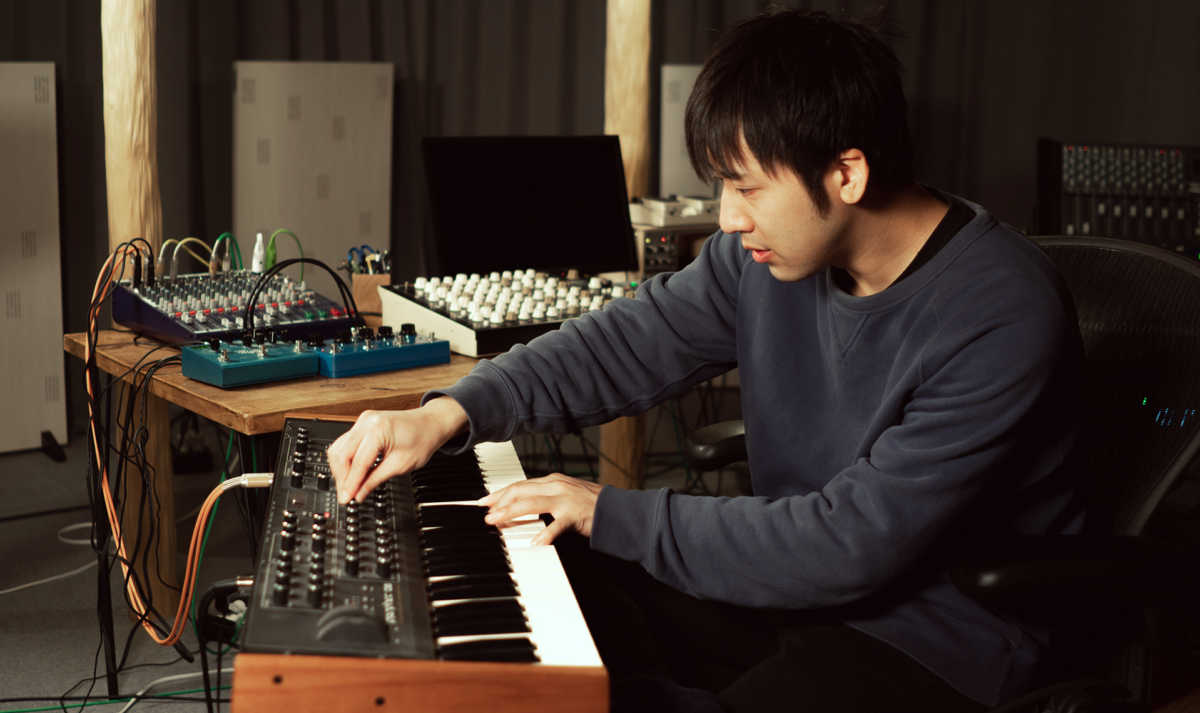
To sample his drums, Senoo uses BATTERY. “I may record the drum machine directly, one shot at a time, or I may record a beat that is basically a few bars long, load it into Battery, and recreate a new pattern. As well as original foley sounds, I use samples from drum machines I have owned in the past.
He also uses it to sample and manipulate the other instrumentation in his studio.
“I often create new pads by inserting recorded guitar or piano tones as pads and further adjusting their envelopes. I use recorded instrumental sounds as one-shots, but for me the whole point of using Battery is to find interesting parts in long samples.A messy experimental sample from a jam session can also make a great beat if you adjust the envelope.”
Don’t forget to check out the Lycoriscoris metapop competition, download the free sounds, and upload your entry for a chance to win! Ends Septembe 12, 2021.








